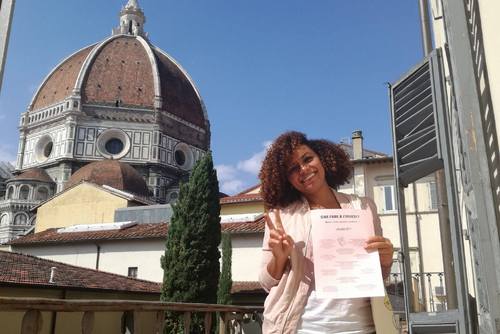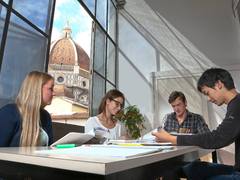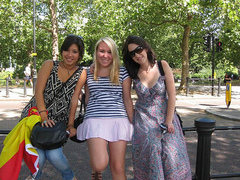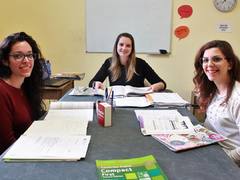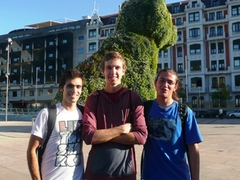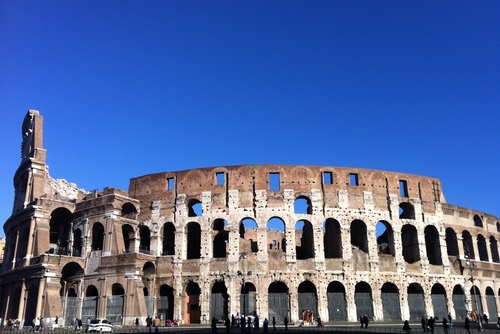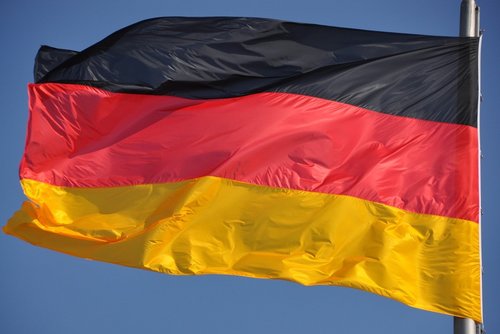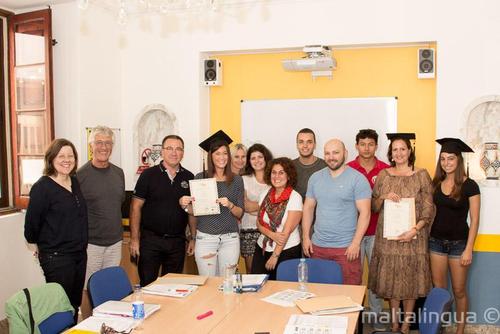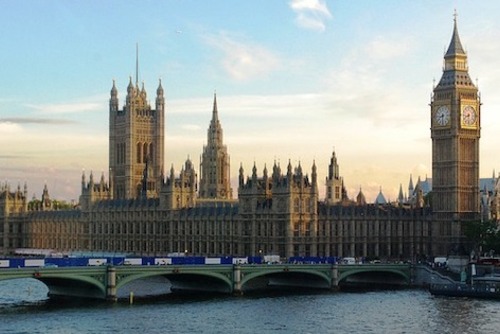Some of the universities require students to take an entrance exam in order to be accepted into a specific program/major. Whether or not an exam is required for matriculation, our course prepares students for success throughout their degree’s curriculum.
In some cases, an entrance exam is required for all applicants, with a limited number of students accepted into a specific University program. In other circumstances, students will take an exam solely to introduce them to topics related to their major, with an open number of applicants and as well as student acceptance.
Our University preparation course at Scuola Leonardo da Vinci® will prepare students by reinforcing language skills, enhancing writing competence and by focusing on subject matter and vocabulary closely related to each specialized program.
Summary
- Duration: 4 weeks
- Lessons: 140
- Levels: min. B1
- Participants: min. 5 students
Course Contents
- Critical thinking and reasoning and general Cultural themes (40 hours)
- Specific knowledge in each University course (100 hours)
Prerequisite
To attend and complete the course, competence in Italian is imperative. At minimum a level of B1 or B2 according to Common European Framework of Reference for Languages is required. For Italian language course information click here.
Course Structure and Method
1.1 Critical thinking and reasoning. Throughout the course, students will work on the materials of the admission tests from previous years. The goal is to incorporate specific types of logical reasoning and practice testing. In particular, the Critical Thinking section centers upon summarizing and drawing conclusions, identifying assumptions, assessing the impact of additional evidence and detecting reasoning errors.
As for the Problem Solving section, students will practice with questions related to numerical and spatial skills. Exercises will be divided into three areas: relevant selection, selecting specific information to discover a solution; finding procedures, finding the method in which you can use to generate a solution; and finally identifying similarity, being able to identify the same information presented in a different way.
1.2 General Culture and Scientific topics. Both areas during the course introduce the fundamental content that has been represented through the admission tests from previous years. The scientific-driven portion of the course, in addition to the vital content, lends special attention to science specific vocabulary. It is essential to be familiar with this vocabulary in order to be successful during the exam and also at University.
2. Specific knowledge in scientific areas. Especially in the lessons focused on specific scientific sectors, special attention will be given to specialized lexicon – besides content – since it is necessary to have a good knowledge of such a vocabulary in order to face the entrance exam.
Topics
Below you find in detail the different topics dealt during the lessons with relation to the different majors.
2.a Medicine and Dentistry
Medicine and Dentistry are limited enrolment majors and students necessarily have to pass an entrance exam. For this reason, Scuola Leonardo da Vinci in Florence, Rome and Milan created a specific training program. Click here for further information about the training course for Medicine.
2.b Architecture
Also architecture is a limited number major in Italy and Scuola Leonardo da Vinci in Florence, Rome and Milan offers a specific training program. Click here for further information about the training course for Architecture.
2.c Engineering and Scientific Faculties
Mathematics: Algebra and numerical sets, functions, geometry, probability and statistics; Engineering; Physics: Measurements, kinematics, dynamics, fluid mechanics, thermodynamics, acoustic and optical electrostatics and electrodynamics;
Chemistry: The constitution of matter, the structure of the atom, the periodic table of elements, the chemical bond, fundamentals of general chemistry, chemical reactions, solutions, oxidation and reduction, acids and bases, gas laws..
2.d Economics
Mathematics: Algebra and numerical sets, functions, geometry, probability and statistics; Economics: Business economics, political economics, finance, international economics; Law: Business law, civil law.
2.e Law
Law: Civil law, business law, criminal law; Economics: Business economics, political economics, finance, international economics.
2.f Psychology
Mathematics: Algebra and numerical sets, functions, geometry, probability and statistics; Biology: Organic chemistry, the cell as the basis of life, bioenergetics, reproduction and inheritance, inheritance and environment, anatomy and physiology of animals and humans.
2.g Languages, Literature, History, Philosophy
Italian Literature: From Dolce stil novo to Italo Calvino; History: Medieval history, modern history, contemporary history; History of art: From ancient Greece to ‘900.
2.h Healthcare Professions
Mathematics: Algebra and numerical sets, functions, geometry, probability and statistics;
Physics: Measurements, kinematics, dynamics, fluid mechanics, thermodynamics, acoustic and optical electrostatics and electrodynamics;
Healthcare law.


